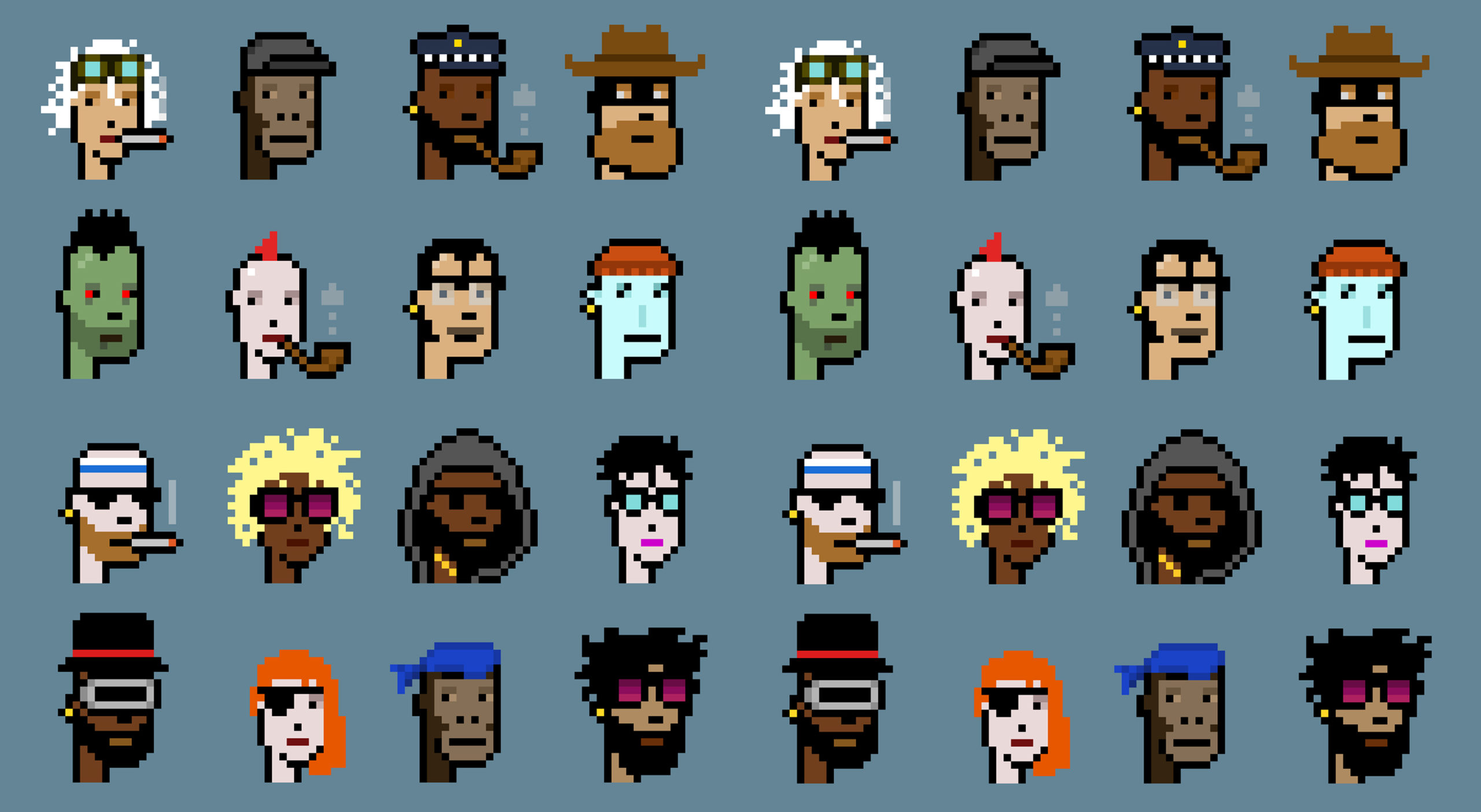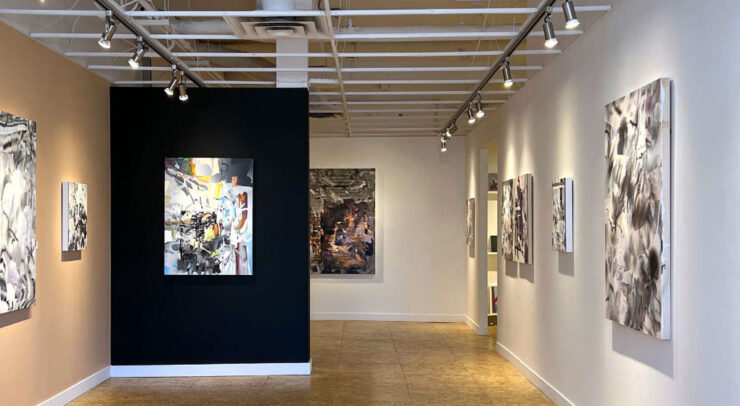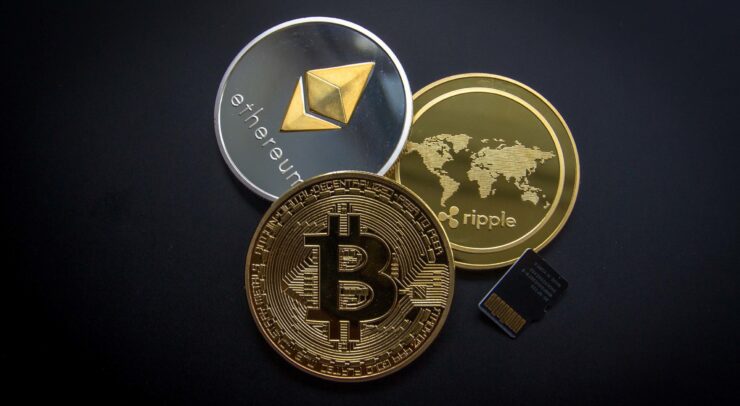Understanding the hype behind NFTs and what they offer for the future of the art world
The incorporation of NFTs and blockchains into the artworld is both innovative and at times perplexing. What is their function and how are they changing our conceptions of art?
NFTs (non-fungible tokens) act as digital tokens that give you legal ownership over an artwork. Your credential is stored on a blockchain, which is essentially a database, and it can be bought or sold to other people on the market.
With physical art, ownership means having a real, tangible object in your hands, whereas digital art can be easily copied and replicated. NFTs are essentially one of the solutions to creating value for digital art. It gives the buyer a certificate of ownership, and for whatever reason, renders it attractive to the world. A collective belief in the value of ownership of a digital work allows the NFT market to flourish.
This form of art commerce is becoming more and more influential in museums and auction houses, with some NFTs being sold for millions of dollars. In a sale last year at Christie’s auction house, a digital artwork by Mike Winkelmann was bought for more than $69 million. And recently, Centre Pompidou, one of Europe’s largest modern and contemporary art museums, announced that they would be having their first NFT art exhibition after acquiring 18 artworks from 13 French and international artists.
If art museums begin collecting NFTs, what can we expect when we go see them in person? Centre Pompidou explained that while their newest NFT collection will be available for online viewing, in person, you can expect to see them exhibited next to other objects that highlight their significance in the history of art.
Philippe Bettinelli, a curator at Pompidou specifically explained, “We will put them in context, notably by presenting some objects that testify to this history of the dematerialization of artworks, such as certificates, protocols, and documents that have accompanied immaterial procedures in modern and contemporary art.”
Nonetheless, NFTs, like any other digital asset are susceptible to fraud and it’s still a new mechanism considered to be quite volatile. The price and value of an NFT can change drastically and like any other investment it must be considered with caution.
But as museums are acquiring NFTs, artists are benefitting, particularly from resale royalties, meaning they can make a profit each time their artwork’s ownership is sold. The NFT art market is also one way the world bypasses the elitism that comes with art collecting – anyone can go on the NFT market, become a buyer, and contribute to what is considered “good art.”
So while the digitization of art is not unprecedented, using NFTs as tools for buying and selling on the art market is changing art curation and exhibitions. As the physical mediums in which contemporary artists operate turn digital, so is the art market.





